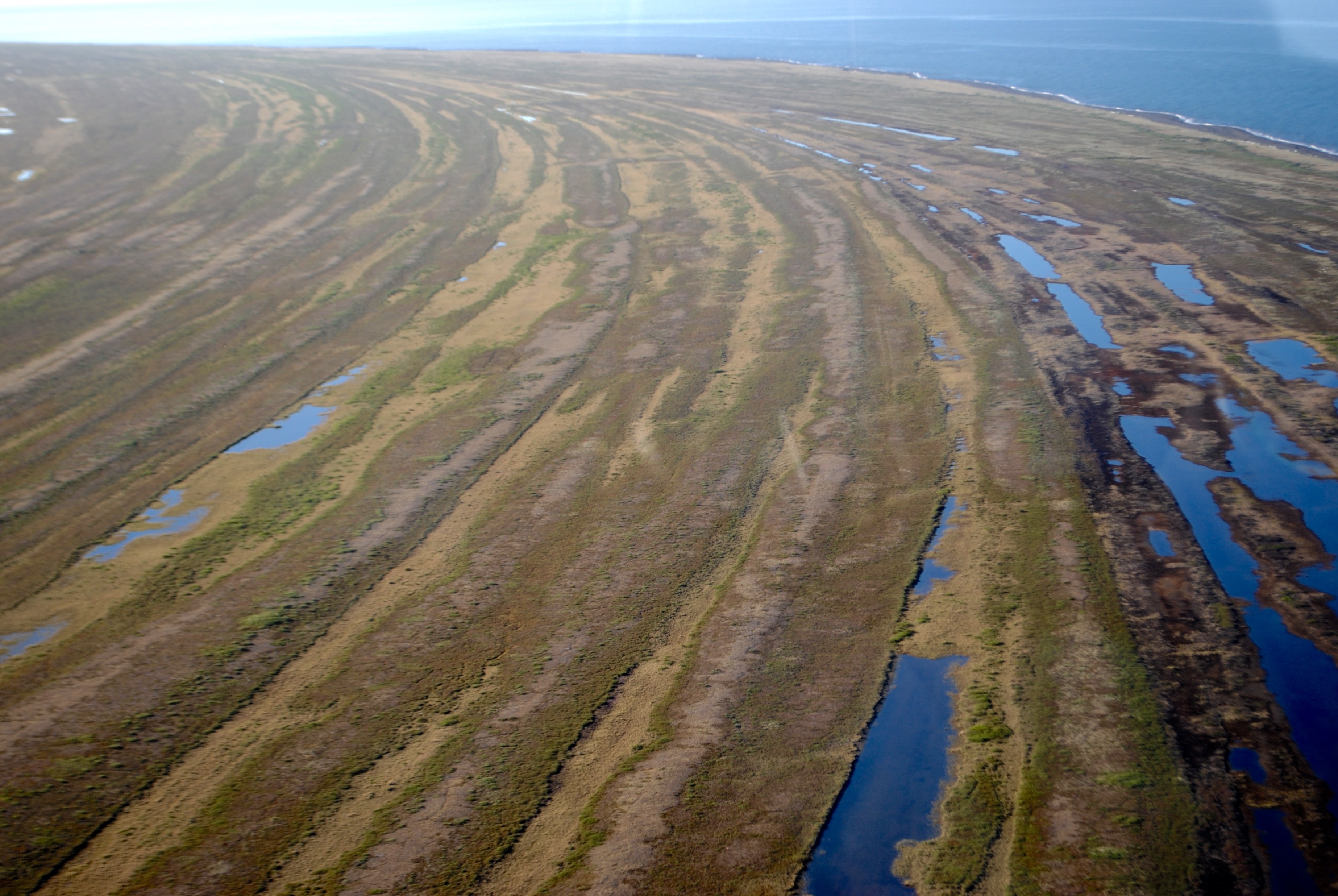Cape Krusenstern National Monument is in the northwestern part of the state of Alaska . The monument lies north of the Arctic Circle , along the shore of the Chukchi Sea of the Arctic Ocean. It features cultural remains of peoples who lived in the area thousands of years ago.

The monument is best known for its 114 beach ridges—that is, ridges formed when wind and ocean currents deposit large amounts of sediment along the coastline. In the 1950’s, archaeologists discovered many such ridges along Cape Krusenstern. Some of the ridges are thousands of years old and lie as far as 3 miles (4.8 kilometers) inland. The oldest ridges began to form about 5,000 years ago. They contain artifacts (objects made by people) from native communities dating back more than 4,000 years. Hilltop sites in the area contain evidence of human use of the coastline area as early as 9,000 years ago. In the summertime, the area is known for its wildflower blooms, and its lagoons provide nesting places for migratory birds. The area is also home to bears, caribou, moose, muskoxen, wolves, and a variety of marine mammals.
The monument includes the Cape Krusenstern National Historic Landmark, which was established in 1973 to help preserve the beach ridges. United States President Jimmy Carter announced the creation of the national monument in 1978. The monument was formally established under the Alaska National Interest Lands Conservation Act in 1980. It is managed by the U.S. National Park Service .
